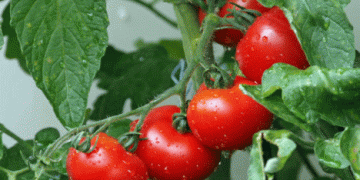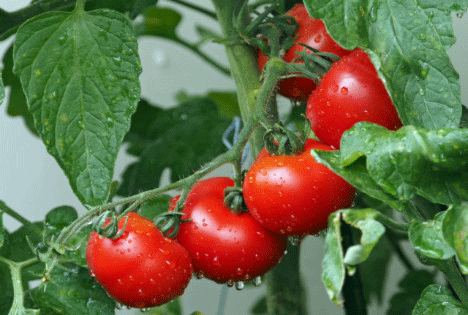Spain has long been a powerhouse in tomato production, both domestically and as an exporter. In 2023, Spanish tomato exports saw an impressive 22% increase compared to the previous year, solidifying Spain’s role as a key supplier in the European market. According to Juan Hernández, President of the Tomato Sector at Proexport, tomatoes make up 23.4% of Spain’s total fresh vegetable consumption, and consumers spend around €990 million annually on this staple product. However, the 2024/25 season introduces a series of hurdles that could potentially shake the sector’s growth trajectory.
The Rise of International Competition
One of the most pressing issues for Spanish tomato producers is growing international competition, especially from Morocco and Turkey. Both countries have ramped up their tomato production in recent years, capitalizing on lower labor and production costs. The influx of cheaper tomatoes from these regions is making it harder for Spanish farmers to compete, particularly as EU import and reference prices have not been updated for several years. This situation leaves Spanish producers at a significant disadvantage, as Hernández pointed out, due to the lack of protective measures that could have been triggered during periods of plummeting prices.
Climate Change and Production Costs
In addition to international competition, climate change continues to present a challenge for Spanish farmers. Rising temperatures and irregular weather patterns affect crop yields and quality, leading to unpredictable harvests. This uncertainty, combined with increasing input costs such as fertilizers and water, further erodes profit margins for tomato producers. Without strategic investments in water-saving technologies and resilient farming practices, these environmental factors could continue to threaten Spain’s tomato output.
The Threat of the Rugoso Virus
A more immediate biological threat to the tomato sector is the Rugoso Virus (ToBRFV), which has swept through fields with alarming virulence. This virus has the potential to severely disrupt production by causing deformation and discoloration in tomatoes, rendering them unsellable. However, the seed industry has been working tirelessly to develop resistant varieties that maintain both quality and flavor. This innovation will be key in mitigating the damage caused by the virus and ensuring that Spain’s tomatoes remain competitive in the marketplace.
Differentiating Through Quality
While the challenges are numerous, Spain’s tomato sector is actively seeking ways to differentiate itself from competitors. One promising avenue is the focus on high-quality, aromatic tomato varieties that stand out in both taste and appearance. This value-added segment could provide Spanish producers with a competitive edge, especially in premium markets across Europe where consumers are willing to pay more for superior quality and sustainability.
As Hernández emphasized, the ultimate goal is to offer a product that appeals to both the domestic and international markets—tomatoes that are not only sustainable but also delicious. With an expected rise in consumer demand for high-quality tomatoes across Europe, Spain is poised to maintain its strong position if it can navigate the current challenges.
Spain’s tomato sector, despite its recent success, must overcome significant challenges to sustain its growth. From international competition and climate change to the spread of the Rugoso Virus, the upcoming 2024/25 season will test the resilience of Spanish tomato producers. However, the industry’s focus on innovation, particularly in developing virus-resistant and premium-quality tomato varieties, offers a path forward. If these efforts succeed, Spain’s tomato industry may continue to thrive, not only meeting rising demand but setting new standards in quality and sustainability.
































